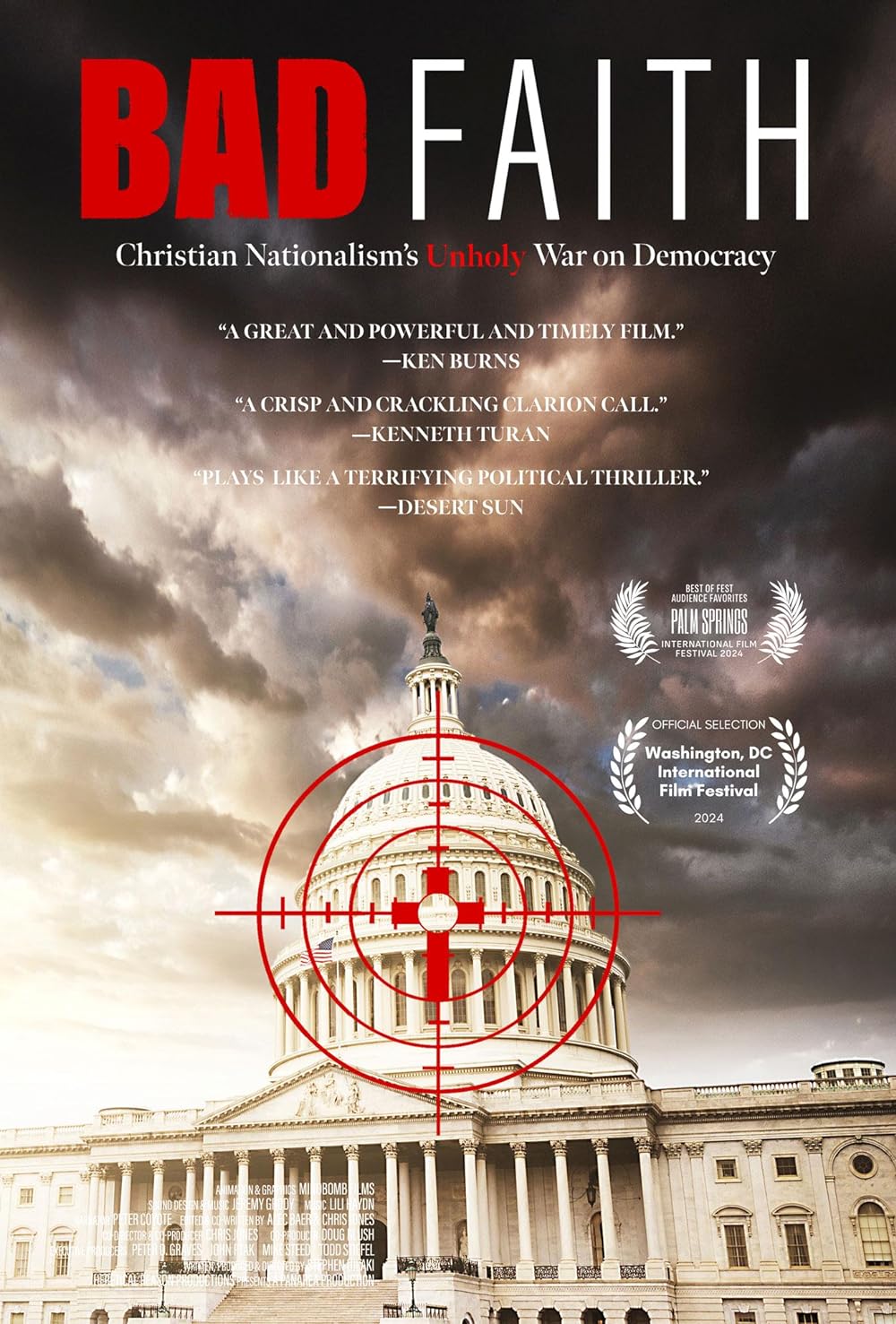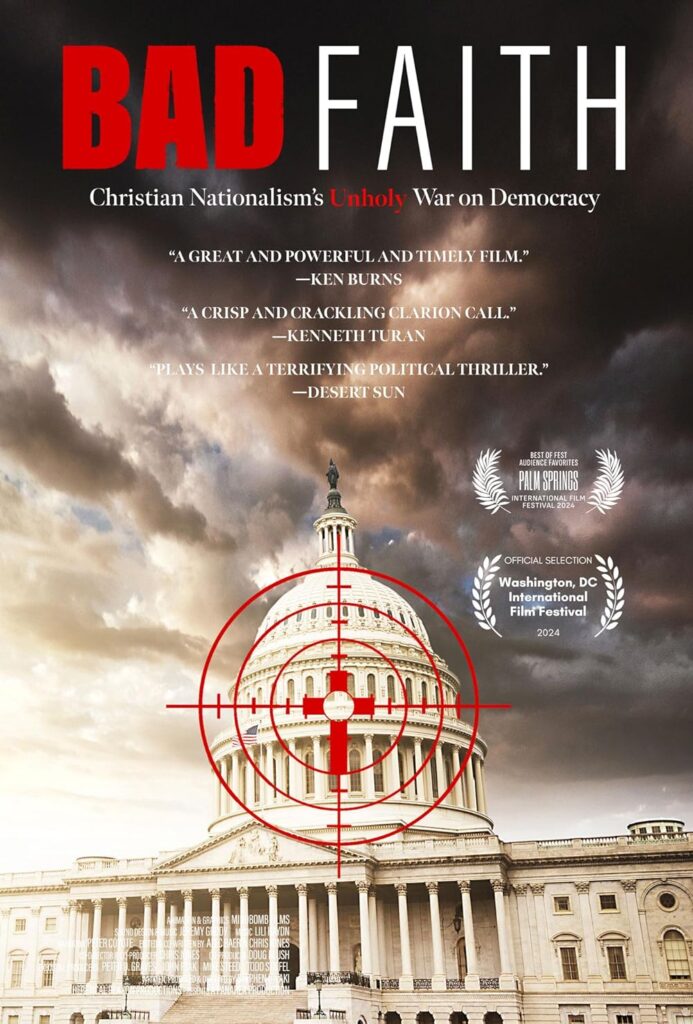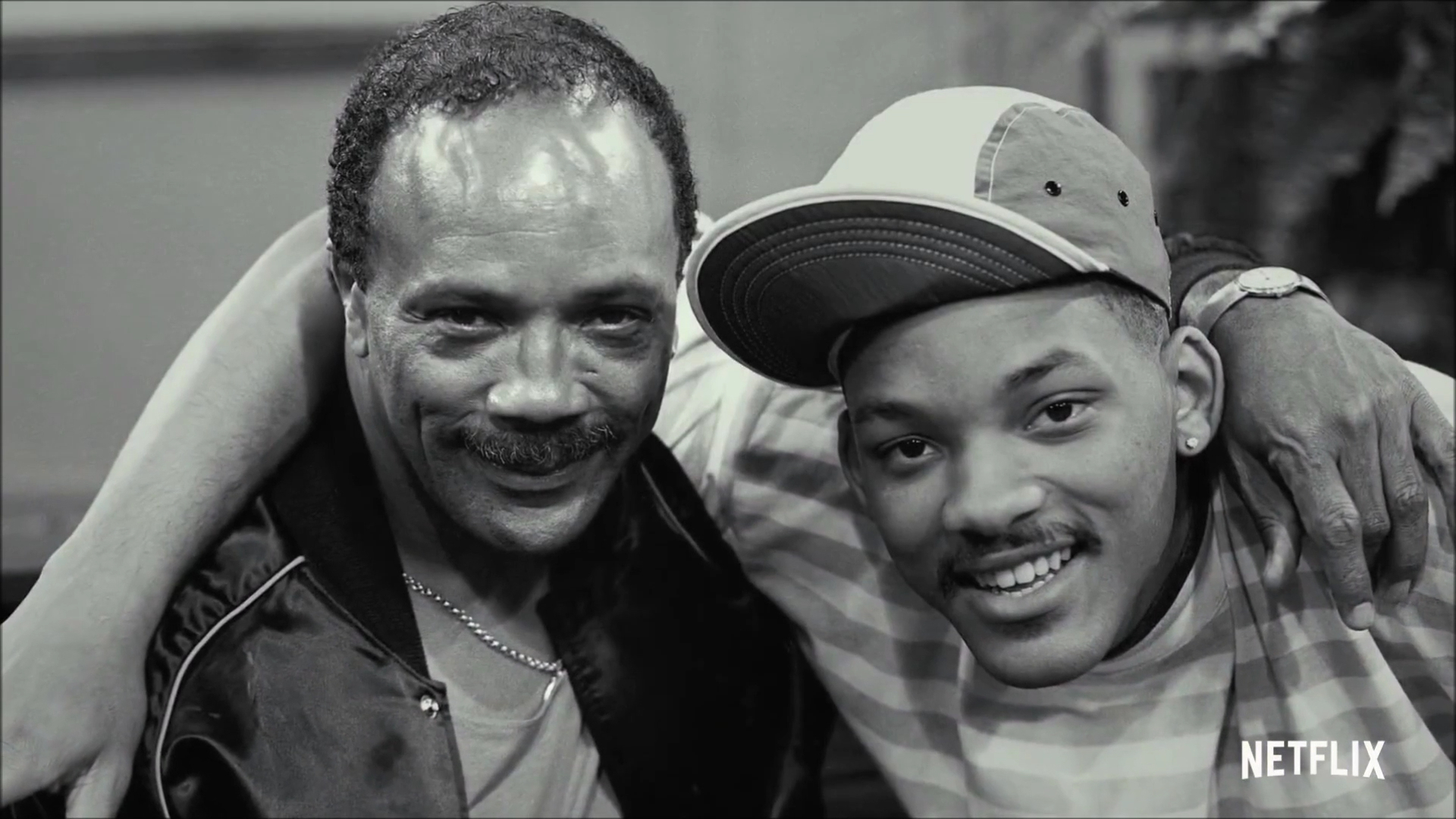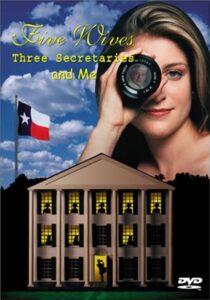The Penguin Lessons
Posted on March 27, 2025 at 5:55 pm
B +| Lowest Recommended Age: | High School |
| MPAA Rating: | Rated PG-13 for strong language, some sexual references and thematic elements |
| Profanity: | Strong language |
| Alcohol/ Drugs: | Alcohol |
| Violence/ Scariness: | Mostly off-screen depiction of a military coup, characters captured and beaten |
| Diversity Issues: | None |
| Date Released to Theaters: | March 28, 2025 |
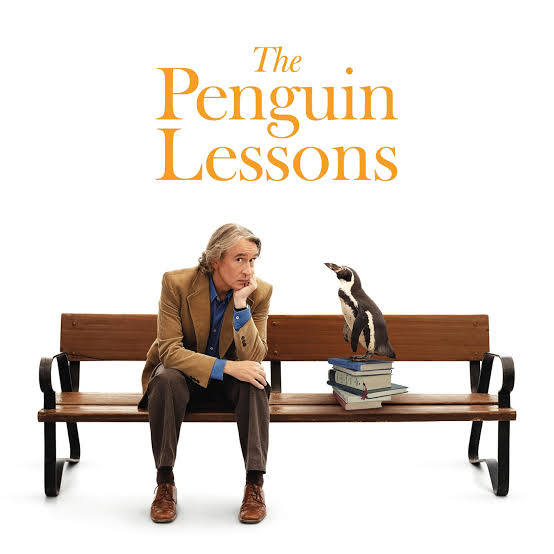
“I had you as a head down sort of fellow. Anything for a quiet life.” Jonathan Pryce as the headmaster of a posh private school in Buenos Aires is disappointed to discover that the English professor he thought wanted to hide from the world and, especially, from his feelings, might have started out that way but due to an outside influence, had become a head up sort of fellow who was increasingly less quiet.
That professor is Tom Michell (Steve Coogan), who is joking-not-joking when he tells the headmaster his career has been “steadily working my way down,” and then adds, “geographically speaking.” Both are Brits who have ended up in Argentina just as it is on the brink of a military coup in 1976. The headmaster explains that there is “trouble in the streets and the economy is in free fall,” but their school is a haven where wealthy families send their sons. He tells the faculty it is also a haven from any conversation about politics. “Whatever strong opinions you may have, keep them to yourselves and don’t bore the rest of us.”
The coup happens and the school sends the students home for a week until the country calms down. All this means to Michell is a chance to go to Uruguay for a chance to drink and perhaps find some ladies. A lonely colleague from Finland (Björn Gustafsson) comes along, telling Michell, “I like you.” Michell responds, more wry than bitter, “Do you? I don’t.”
They go to a bar and Michell meets a beautiful woman who takes him for a walk on the beach. They come across a Magellanic penguin drenched in oil from a spill. Only because he wants to impress (meaning, have sex with) the lady, Michell agrees to clean off the penguin. The lady then leaves and Michell is about to discover that penguins are very loyal and this one will not leave him.
That is how Michell ends up hiding a penguin, later named Juan Salvador, in his room. The flightless bird is quickly discovered by the maid and her granddaughter, Sofia (Alfonsina Carrocio) who gives him his name, from the Spanish version of Jonathan Livingston Seagull.
The setting makes this more than the typical “grumpy or grieving person finds solace, hope, and connection with an animal” movie. Screenwriter Jeff Pope, who worked with Coogan on “Philomena,” “The Lost King,” and “Stan and Ollie,” took the real-life story of a 23-year-old teacher and adapted it to Coogan’s strengths as an actor. This is one of the best performances from someone who is not given a chance to show all he can do often enough. At first he is remote, though not humorless. He tries to reach his “privileged and spoiled” students by explaining sarcasm. Then, as it becomes harder to pretend to ignore the atrocities around him, especially after Sofia is taken, the poetry he shares with his students begins to tend first toward loss, then courage, integrity, even rebellion. There’s a wonderful moment when Michell is on the phone with the local zoo, saying he will kill the bird if they won’t take Juan Salvador, quickly gesturing to the penguin reassuringly.
The combination of horrific national tragedy with the personal story of someone unconnected to the community does not always work. But people do struggle to work through their own losses and sometimes they do find connection in unexpected places that help them reconcile emotions they thought were too painful to acknowledge. There is so much warmth and humor in this story that we cannot help feeling touched by the story and maybe even thinking about a penguin of our own.
Parents should know: This movie occurs during a brutal military coup and while much of the abuse is off-screen, a character is “disappeared” and the end credits acknowledge that thousands were captured and killed during this period. Characters use strong language, drink alcohol, and mention sex
Family discussion: When did Michell’s feelings about the penguin begin to change? Why did everyone want to talk to the penguin?
If you like this, try: The book by the real Tom Michell, My Penguin Friend, and the beloved documentary March of the Penguins

